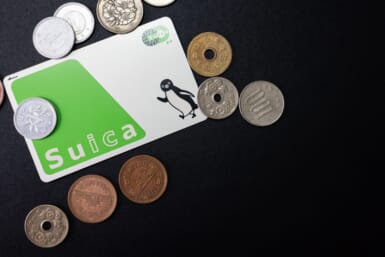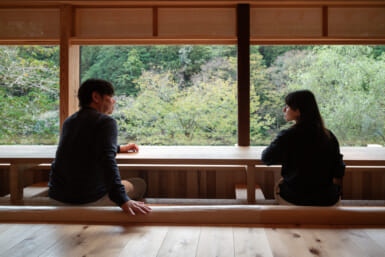I went to see a happy man I here in Tokyo the other day. He is Myron Belkind, and he is the top gun at the Associated Press. I have known the AP bureau chiefs here since the beginning of time—well the 1960s—and this one too is outstanding.
Myron, 63, has spent practically all of his working life overseas, serving the AP in India, the UK and now Japan—his station of choice, he told me. He is a reporter, or he was originally once you’ve served as a news agency reporter, it marks you for life. You become down-to-earth, basic and terrier-like in regard to the facts. You will not let go of a point. You observe people directly.
It is indeed the only way.
I first observed Myron in his native habitat—the AP office in Tokyo—in somewhat unusual circumstances. Someone whose biography I am working on took it into his head to go and see the AP, and he let himself be interviewed for their Spanish-language TV. Normally, you can’t do that, however distinguished you are. But my companion—I laid down my tools as a biographer, for a moment—had made up his mind. He called up ahead and spoke to one of the staff and said he was coming in—at 8 p.m. on a Friday evening.
I was taken aback. But it struck me as, at least, forthright and transparent. That was the spirit in which the AP Tokyo bureau responded, to their credit. To make the story short, Myron himself appeared, while the interview was going forward, bearing a tray with glasses of water. It was a dry night in the spring, and we were parched.
Who was this brazen character, who charged into the AP? He was Alberto Fujimori, 65, the president of Peru from 1990 to 2000—now shaping up for another crack at the presidency.
Here, allow me a parenthesis. Historically, Japan has served as a platform for several leaders of Asia. There was Rizal of the Philippines who visited here in the 1880s, set up his tent and raised a flag for independence. And there was Sun Yat Sen, the first president of the Republic of China who came here, also 100 years ago.
These days, we have one of South America’s historic characters among us and, for eight months now, I have been talking to him and keeping him company—and seeing how my colleagues reacted to “Fuji.”
Top marks went to James Brooke of The New York Times. He wrote an interview piece, based on a chat at the house of Hideaki “Tony” Kase, and published on Dec. 22, 2002. And to Myron Belkind, whose reporters have kept up with the ongoing saga of Mr. Fujimori.
The decision to do so was taken by the boss, and it marked the AP Tokyo office, as far as I am concerned, as the outstanding foreign news address in the city at this time. (Not everyone would have understood, at one glance, that Fuji is the brave man he is, and deserves to be heard out.)
Where, you may ask, is this office? Good question. The AP used to be in the utterly dismal Asahi Shimbun head office, a sepulchral spot facing the Tsukiji market. They have, however, just moved to Kyodo News’ spiffy new office in Shiodome—and there I found Myron all but doing a tap-dance in his newsroom.
“I like it, I love it,” he told me.
The office is all-glass and it is open plan. It is in fact the sweetest darned newsroom I’ve seen in my life. For me, the benchmark is The New York Times newsroom at the head office on W. 43rd St. It isn’t on that scale, of course, but it has one feature in common, an open plan.
And then it has a plus, windows that go from ceiling to floor, all the way. That makes it light, and it lets you see the trains and the monorail rocketing by. Mr. Mori can’t match that, eh?
I’m running out of space here, but let me conclude by making just the one point. Tokyo is on the up, as seen in this honey of an office. Put simply, I am optimistic. Always was, still am.
Take a look at the Aug. 11 issue of Time magazine, with a magnificent cover and special section inside by Jim Frederick and others in the bureau—they have re-located to Roppongi Hills, as it happens. Read this issue and note the sections on advertising (Tugboat’s Yasumichi Oka) and on fashion (Issey Miyake’s head designer Naoki Takizawa).
Summing up: Tokyo’s 12-year travail, as the citadel of gloom in East Asia, is over. It’s wonderful, and to echo Myron in his newsroom, say after me, “I like it, I love it.”









